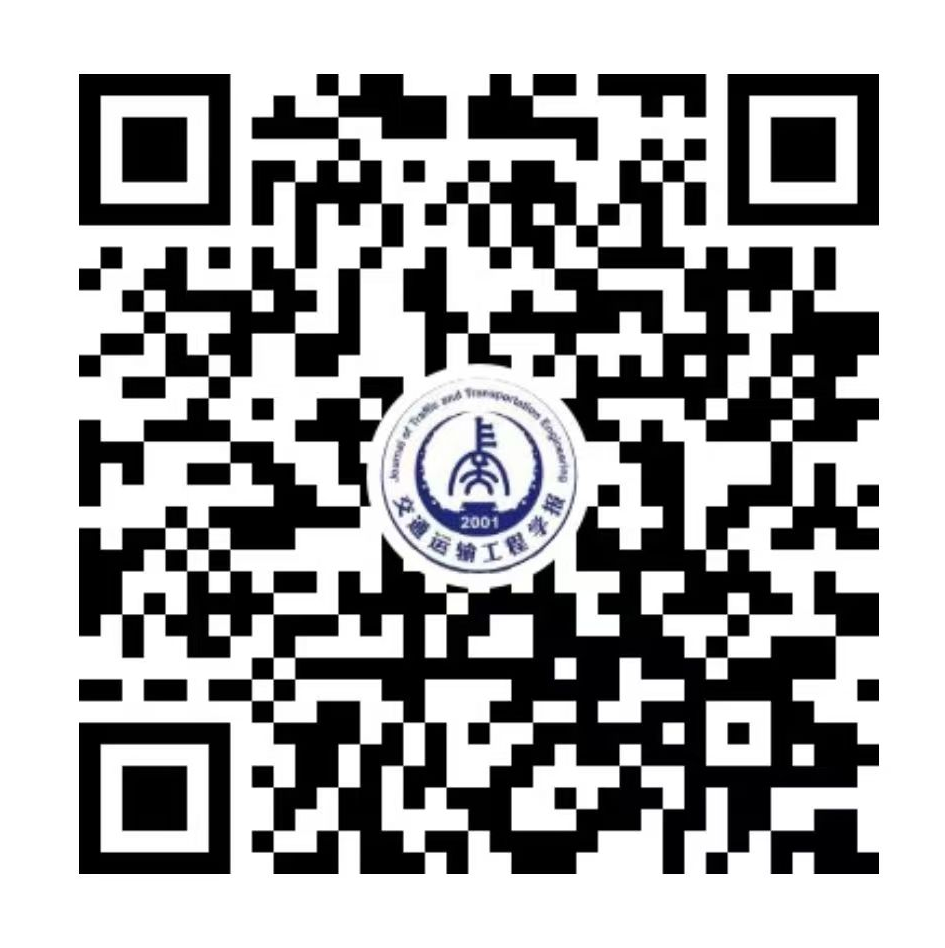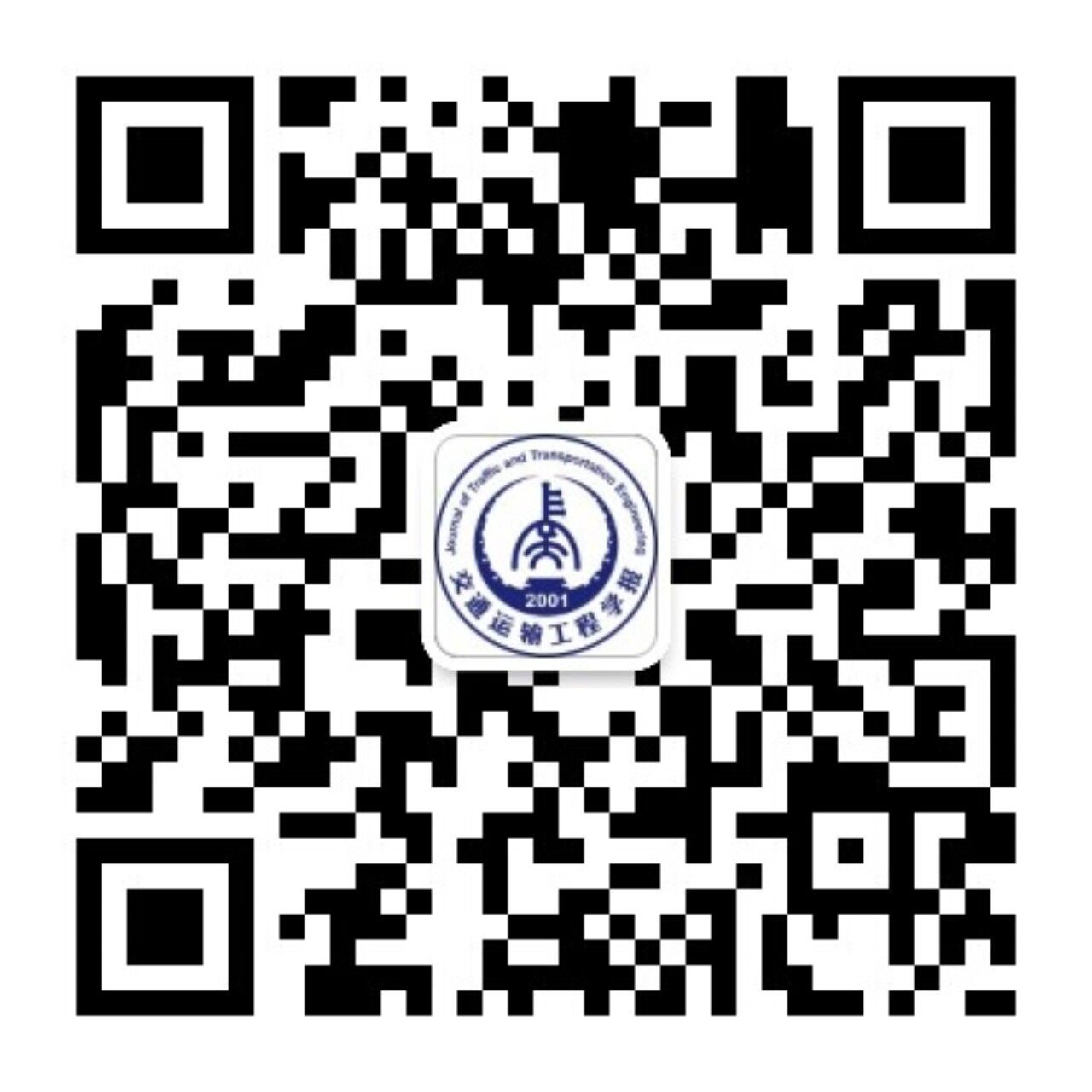2017 Vol. 17, No. 3
Display Method:
Abstract:
2017, 17(3): 1-12.
Abstract:
2017, 17(3): 13-24.
Abstract:
2017, 17(3): 25-35.
Abstract:
2017, 17(3): 36-45.
Abstract:
2017, 17(3): 46-55.
Abstract:
2017, 17(3): 56-64.
Abstract:
2017, 17(3): 65-74.
Abstract:
2017, 17(3): 75-82.
Abstract:
2017, 17(3): 83-89.
Abstract:
2017, 17(3): 90-98.
Abstract:
2017, 17(3): 99-110.
Abstract:
2017, 17(3): 111-120.
Abstract:
2017, 17(3): 121-130.
Abstract:
2017, 17(3): 131-140.
Abstract:
2017, 17(3): 141-150.
Abstract:
2017, 17(3): 151-158.





